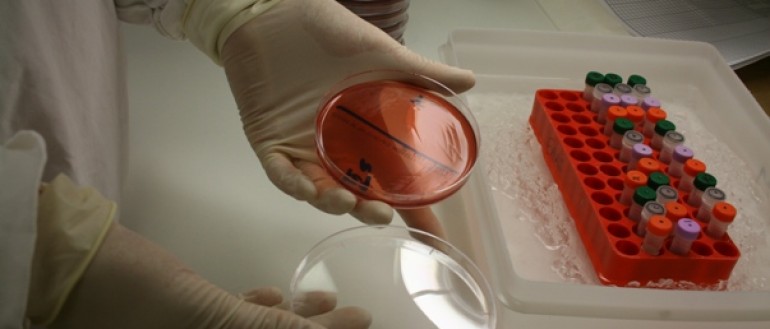Summary:
In 2010, we began to research melioidosis in Sarawak and, shortly afterwards, the first Burkholderia pseudomallei from this project were genetically characterised. Initial indications suggest that these are more similar to isolates from the South East Asian mainland than isolates from Australia. This finding is consistent with previous reports that the Wallace line (the ecozone boundary between Asia and Australia) has been a barrier to the spread of this species.
Chief investigators:
- Professor Bart Currie
- Yuwana Podin
Project manager:
Contact information:
Project dates:
The project commenced in September 2010 and will conclude in March 2014.
Funders:
- Charles Darwin University
- Universiti Malaysia Sarawak (UNIMAS)
Collaborators:
-
Universiti Malaysia Sarawak (UNIMAS)
- Podin, Y., Kaestli,M., McMahon,N., Hennessy, J., Ngian, H. U., Wong, J.S. et al. (2013). Reliability of Automated Biochemical Identification of Burkholderia pseudomallei Is Regionally Dependent. Journal of Clinical Microbiology, 51(9), 3076-3078.
- Podin, Y., Sarovich,D.S., Price, E.P., Kaestli, M., Mayo, M., Hii, K., et al. (2014). Burkholderia pseudomallei Isolates from Sarawak, Malaysian Borneo, Are Predominantly Susceptible to Aminoglycosides and Macrolides. Antimicrobial Agents and Chemotherapy, 58(1), 162-166.

